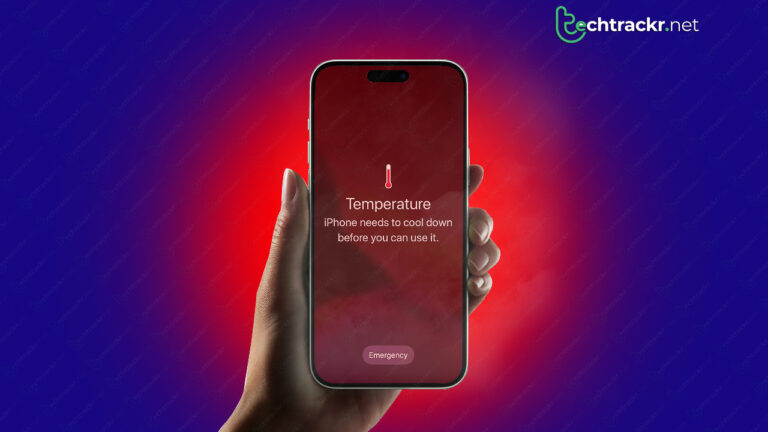Less than a month since the new
iPhone 15 phones became the newest rage among Apple fans, the same buyers haven’t stopped complaining about their new phones overheating.
At first, it was believed to be an issue with the charging cable, as reports suggested that people were using
Android Type-C cables. As always, Apple tried to put the blame on the users, and the USB cable and even outrightly denied it.
Now, the company has come to its senses and announced that it plans to release an iOS 17 update to resolve the issue, at least partly.
“We have identified a few conditions which can cause the iPhone to run warmer than expected,” an Apple spokesman said.
Apple said that generally, iPhones do get warm in the first few days, as they regularly download data to finish the set-up.
The company also said that it has found a bug in iOS 17 that will be addressed in the upcoming software update. The update won’t reduce the phone’s overall performance.
The reason behind overheating could also be updates to some third-party apps that “are causing them to overload the system” and that Apple is “working with these app developers on fixes that are in the process of rolling out.”
Some of these apps are Uber and Instagram, the latter has already issued a fix last week.
Some users had complained that it was the titanium body that was causing the excessive heat. Apple has denied such a possibility. The company said that titanium is in fact better for heat dissipation than the previous stainless-steel iPhone Pro models.
If you are among the people waiting for the patch, you should note that it won’t mean your iPhone will never get warm again. Intense gaming, wireless charging, and streaming high-quality videos may cause your phone to heat up. But, as Apple said, “these conditions are normal”.
Some users might also be charging their new iPhones with higher-wattage USB-C chargers, anything above 20 watts may make the phone warmer.
However, Apple has assured that the higher temperatures won’t impact the performance in the long run because the company has built protection into the devices to manage such situations.



